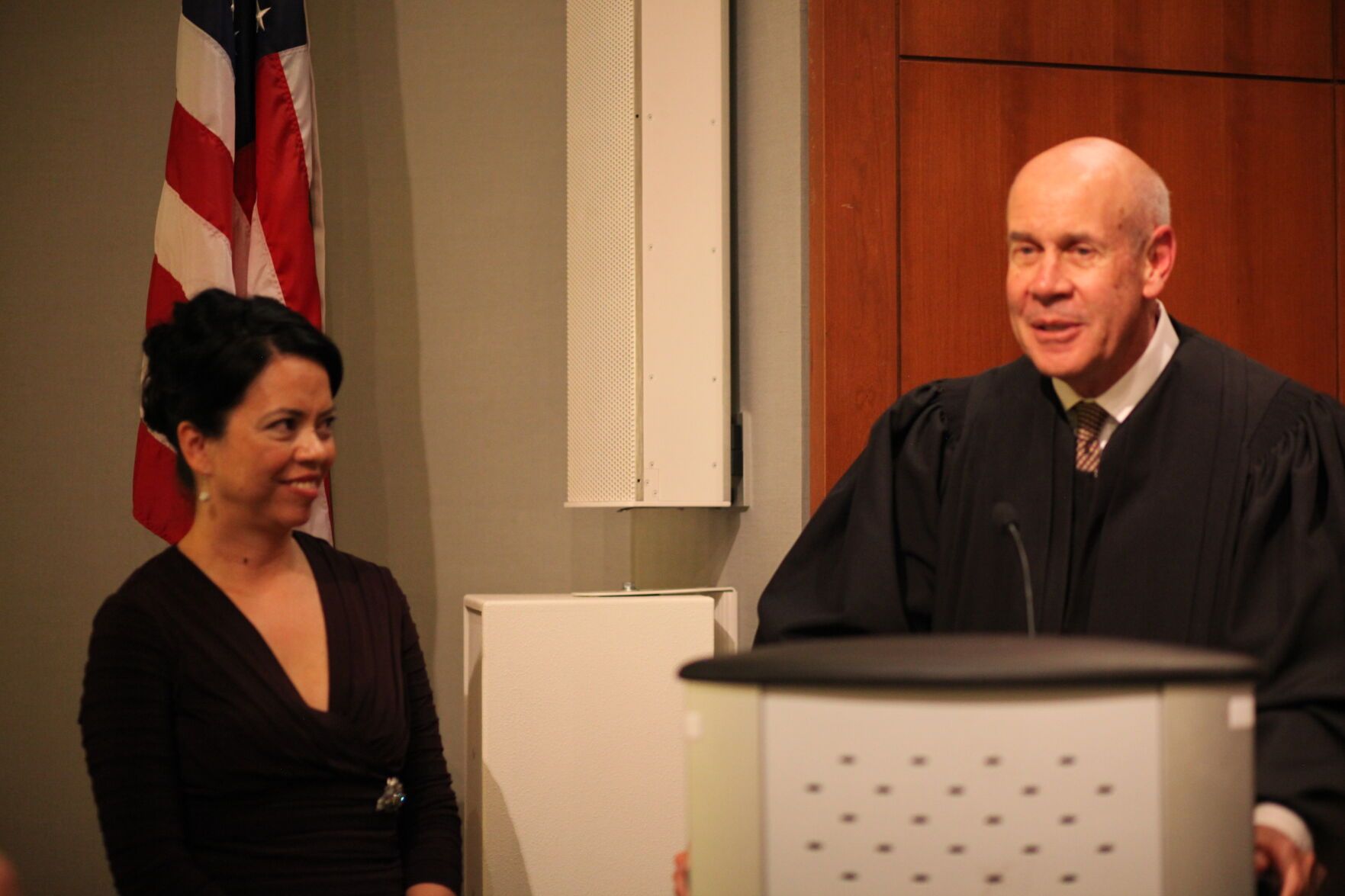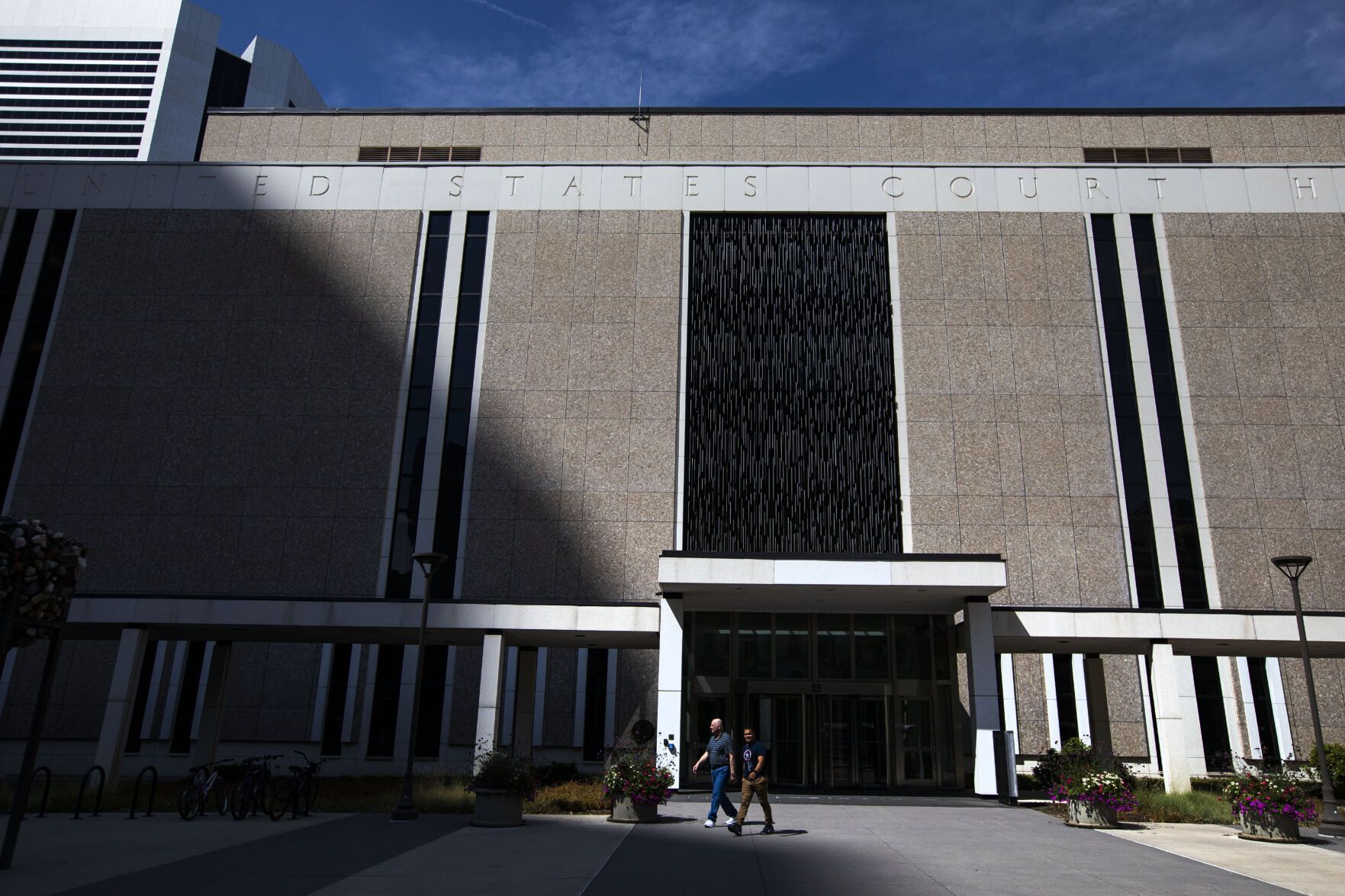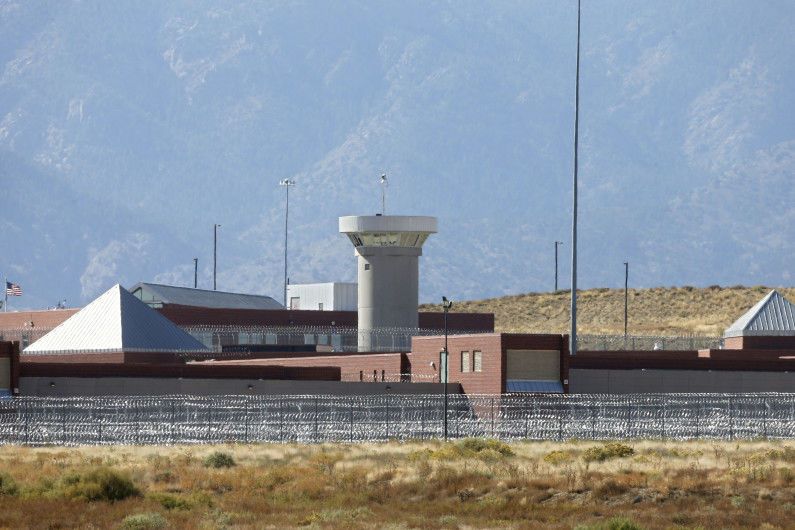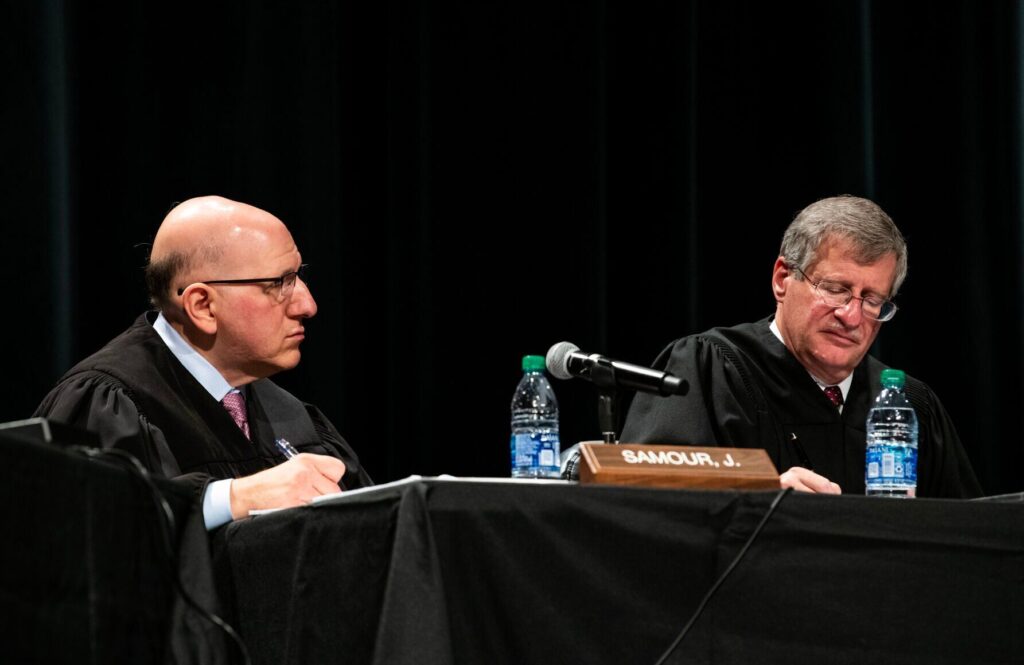Federal judge: ‘Clear evidence’ shows ICE violates law on warrantless arrests

A federal judge repeatedly observed on Friday that the evidence from a two-day hearing strongly suggested immigration agents have been arresting people without warrants in Colorado in violation of federal law.
“There’s a policy. These guys just don’t follow it. They might not even know what it is,” U.S. District Court Senior Judge R. Brooke Jackson said. “I think it’s at least reasonable that the policy they really follow is what the supervisors tell them to do. And the supervisors tell them: ‘Go arrest people. As many as you can get.’”
The ACLU of Colorado and other law firms have asked Jackson to issue a preliminary injunction holding U.S. Immigration and Customs Enforcement to the requirement in federal law that warrantless arrests only occur when officers have probable cause to believe someone is in the country illegally and they are a flight risk.
Beginning on Thursday, Jackson heard testimony from the four named plaintiffs about their arrests earlier this year. None of them were asked questions related to their flight risk before being taken into custody without a warrant, and the post-arrest reports contained no information clearly establishing such risk.
Witnesses also spoke about ICE’s arrest of a father and his two children in Durango on Monday, seemingly without a warrant and days after ICE’s chief legal advisor sent an agency-wide reminder of the legal standard for warrantless arrests. The Colorado Bureau of Investigation has since launched an investigation of an immigration officer’s force against a woman during the protests that ensued.
The government disputed that the evidence established ICE has been making unlawful warrantless arrests. Moreover, it argued there was no official agency policy to that effect.
“How about the fact that we’ve got these four people that are plaintiffs, that — at least I think — the evidence indicates they weren’t asked anything about probability of escape?” said Jackson, a Barack Obama appointee. “Their circumstances show that, in my judgment, they weren’t likely to escape. They were all well-established in the community and so forth. What does that tell us about what’s going on out there? That these four are just exceptional cases?”
He added: “How can you stand there and say, ‘Well, we don’t know that this is going on out there’?”

Although Jackson appeared to side with the plaintiffs on the existence of unlawful arrests, the government provided multiple reasons why he should not issue a statewide injunction against ICE. First, the named plaintiffs have since been released, with one now a permanent resident and three with ankle monitors. Second, Jackson may not have the authority to grant relief to people beyond the named plaintiffs. Finally, unlawful arrests are not ICE’s official policy.
“They’re using their experiences as data points for saying this pattern and practice exists,” said Assistant U.S. Attorney Brad Leneis.
Jackson pointed out that White House Deputy Chief of Staff Stephen Miller has publicly asserted there would be a quota of 3,000 immigration arrests per day. Moreover, Robert Guadian, the recent leader of the Denver ICE field office, told the media that if targets of ICE operations “have people who are with them also illegally present, they will be arrested as well.”
“Unless there’s a policy that says, ‘This must happen every time, every person who’s encountered must be arrested regardless of the chance of escape,’ … there is no such policy on paper,” said Leneis.
But “that’s almost exactly what Guadian said and Miller said,” interjected Jackson.
Earlier in the day, Jackson heard from Elizabeth Jordan, a University of Denver professor who supervises the clinic that represents people in immigration custody. She described one client who happened to be in a car with a driver ICE was targeting. The agents arrested him with seemingly no warrant or determination of his flight risk.

Another client’s apartment building was subject to a federal raid with flash grenades that sounded like bombs. The client and his family hid under the bed, including children. Agents immediately arrested the family, without knowing details about who they were.
“I’ve never seen a raid like that before,” said Jordan.
The government called Gregory Davies, ICE’s assistant field office director in Denver, as a witness. He said the agency’s mission is to target “criminal aliens and terrorists.”
When asked to recite the legal standard for a warrantless arrest, Davies mentioned the “possibility” that someone will escape. Jackson corrected him that the standard is “probability.”
Davies said agents receive training on warrantless arrests at the outset of their careers, and have received refreshers on only a handful of occasions. He also said that, at some point in an encounter, ICE agents may arrest a person if things are taking “too long.”
“If they’re not getting the information they need at the time, the bigger situation that we have — and especially in this day and age — officer safety becomes an issue,” Davies said. “Being on scene too long causes people to show up — bad actors to show up, protesters to show up. Consensual encounters really need to be quick. If we’re not getting the information we need … we need to take that subject into custody.”
Davies said he could not recall a time when he saw an ICE agent documenting a warrantless arrest that failed to meet the legal standard. However, the plaintiffs’ attorneys displayed multiple post-arrest documents for the plaintiffs — including one plaintiff Davies personally transported.
Davies acknowledged the documentation did not describe why the plaintiffs were a probable flight risk. There was also not clear delineation of the information agents received before and after each arrest, as ICE policy requires.

Davies admitted that ICE officers arrested one of the plaintiffs in Mesa County despite mistaking him for someone else. They also arrested a Utah college student, Caroline Dias Goncalves, who was driving through Colorado and had a pending asylum application at the time.
“Fair to say she was not a ‘worst of the worst terrorist’ or a ‘criminal alien,’ was she?” asked attorney Kenzo Kawanabe.
“She was not,” acknowledged Davies.
Finally, attorney Carly Hamilton testified about her conversations earlier this week with a woman whose husband and two children were arrested in Durango and transported to Texas for detention. The family was allegedly beaten and placed in a cell with “cement” beds. Hamilton said that when volunteers went to the ICE office to try to obtain the children’s release, agents allegedly told them, “We are the law.”
Only after the family was arrested did agents allegedly ask the father questions related to his flight risk.
“The mountain of evidence indicates nothing has changed,” Kawanabe told Jackson, even after ICE’s legal advisor sent his Oct. 22 reminder of the law on warrantless arrests. “They continually violate that standard across the state.”
“We have evidence that they did violate the law. Clear evidence, right?” Jackson asked the government.
Leneis responded that the evidence “isn’t clear.” Jackson asked him to describe why the arrest of Dias Goncalves, the college student, was justified. Leneis said Dias Goncalves was driving with out-of-state plates and had a pending asylum application.
“That’s what your client thinks is enough. That isn’t what this court thinks is enough,” Jackson said. With all of the plaintiffs, “they’re not the type of people that your own witnesses are saying we’re targeting.”
As he has in recent days, Jackson once again wondered why the government will not agree to a judicially enforceable injunction mirroring what ICE has advertised its official warrantless arrest policy to be.
“The notion that the government should stipulate to an injunction, which is basically a reprobation for doing something wrong, it’s unfair,” said Leneis.
Jackson will issue a written order with his decision.
The case is Ramirez Ovando et al. v. Noem et al.













